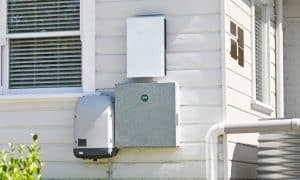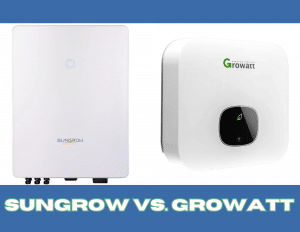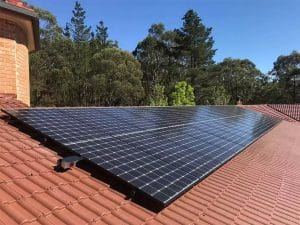Solar energy doesn’t provide electricity in a format that can actually turn on your lights. This is where inverters step in. Think of them as a currency exchange for your power. You might have a roll of pound notes, but until you stop and exchange it for AUD, you can’t pay cash for Maccas on the drive home.
In less metaphorical terms, inverters convert direct current (DC) electricity, which is what a solar panel generates, to alternating current (AC) electricity, which the electrical grid uses.
Much like inverters seamlessly transform DC to AC electricity for practical use, Energy Matters can smoothly transition your curiosity about solar into actionable steps. Get FREE solar quotes and navigate the energy landscape with clarity about harnessing the power of the sun for your home.
On this page:
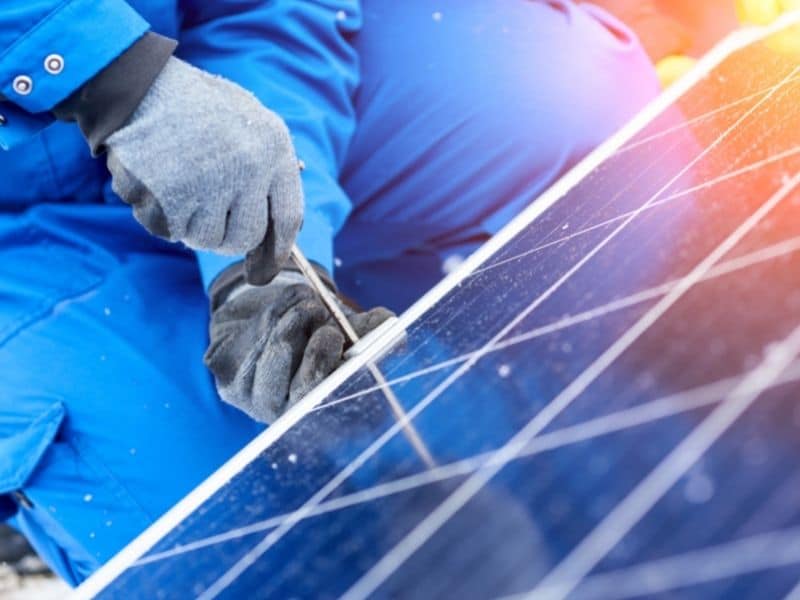
Solar energy systems are only as reliable as their weakest link and inverters are a very important part of the system. There are three primary inverter setups: string inverters, inverters with power optimisers and micro inverters. In this article we will explain the benefits and disadvantages of each to help you decide what is right for you.
String Inverters
String inverters are your “out of the box” option when it comes to solar panel inverters and are the most commonly used. String inverters have one centralised inverter connecting a series or “string” of solar panels.
Advantages
- Lowest cost option
- Broad variety of products available
- The technology is the industry standard and is therefore well understood
Disadvantages
- As they are connected to multiple solar panels, the performance is equal to the worst performing panel; i.e. if one panel is damaged, soiled or shaded, overall output can be dramatically reduced
- No ability to monitor each panel individually
- Not optimal if your solar panels are facing different directions
- Scaling to a larger system is more complicated and may require a second central inverter installation
Verdict
String inverters are a perfectly acceptable, cost-effective option if you don’t have any encroaching shade from nearby trees or other peripherals such as a large chimney, satellite dishes or antennas. They are also great if you have all of your solar panels facing the same direction. However, if you don’t fit these scenarios, then individual panel optimisation via a micro inverter or power optimiser will be your best option.
Micro Inverters
Micro inverters, (also known as Module-Level Power Electronics or MLPEs) work on the same principle as string inverters, but instead of having one large central inverter, they have a small unit to convert power underneath or built into each individual solar panel. This gives each panel the ability to function independent from its neighbours.
Advantages
- Typically better performing than string inverters as the overall system efficiency is increased by maximising each panel’s output
- Each solar panels performance is independent of its neighbours, so an individual damaged, soiled or shaded panel will not affect your entire array
- Can monitor the production of every panel individually, meaning you can assess the number of kilowatt-hours (kWh) one solar panel in your array produces versus another
- Good for rooftops where solar panels may face different directions. They are particularly useful with solar panels that are facing south or west
- If your power demands increase, adding more solar panels and inverters is easier and less expensive than adding an additional central inverter for a string inverter system
- An all-AC system means no high-voltage DC power on your roof. AC power does not have nearly the same potential for arcing as DC power (though solar DC cable installed to today’s standards are as safe as any other electrical wiring in your home)
Disadvantages
- The main disadvantage is an additional cost to install individual inverters. This can make the upfront cost up to 20% more expensive than a string system
Verdict
While micro inverters are more expensive than string inverters, their ability to make the most out of each panel allows you to get more power from your system overall. String inverters are still a great option for those on a budget, but if you’re after something that offers greater efficiency, flexibility and long-term ROI then micro inverters are a compelling option.
Power Optimisers
A power optimiser is not actually an inverter at all; they come as a small box that plugs into your solar panel’s DC cables and your solar panel’s AC output.
While micro-inverters completely replace the need for a string inverter, power optimisers (also an MPLE) work in conjunction with the string inverter to increase power output. Instead of converting DC power to AC power at the panel site like a micro-inverter, power optimisers condition DC power and send it to a string inverter.
Power optimisers can be inbuilt in the panels themselves, or sold and fitted on separately.
Advantages
- This approach results in higher system efficiency than a string inverter alone by improving performance for solar panels on complicated roofs, or roofs that experience marginal shading during the day
- Upfront cost slightly more expensive than string inverters, but less than micro inverters
- Like micro inverters, optimisers can monitor the performance of individual solar panels
- From a safety perspective, optimisers reduce DC voltage in the PV string cables to touch-safe levels when the inverter is disconnected
Disadvantages
- High voltage DC is not eliminated on the roof when compared to micro inverters
- Less flexible compared to micro inverters as DC optimisers need to be designed to match the maximum panels per string on string inverters
Verdict
Solar panel optimisers effectively deliver many of the same advantages as micro inverters at a slightly lower cost. Both micro inverters and power optimisers provide higher system efficiency than string inverters, but for those who are after an even cheaper upfront installation cost with no sacrifice on performance then power optimisers can be an ideal option.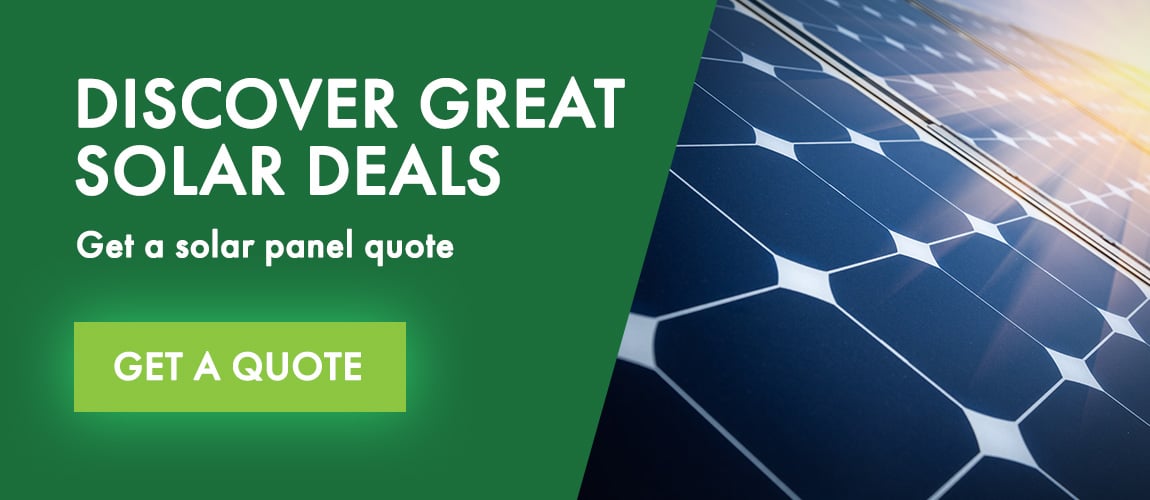
So which inverter setup option should I choose?
Ultimately, the best inverter setup for you depends on your roof shape and size, nearby trees, how much energy you need, and your budget. Micro inverters and power optimiser systems have very similar efficiencies, are good for monitoring individual panel performance, and can help maximise energy production on slightly shaded or complicated roofs. Independent variables such as warranties and climate should also be taken into account when considering a purchase.
It’s important to keep in mind that micro inverters and optimisers certainly aren’t the be all and end all – if you’re looking for the most economic option and have a north-facing roof with little shade, string inverters are the way to go.
To find out what set-up will work for you and your home, we recommend speaking with a solar installer in Melbourne that will help you choose the best option. You can receive up to 3 FREE quotes by completing a quick quiz.









